What type of speakers?
If the ceiling in your premises consists of an acoustic tile ceiling and your preference is to have the BGM speakers recessed flush in that ceiling, you will require music speakers with backcan, tile bridge and C-ring to safely secure the speaker placement.
If you have an open ceiling or high ceiling consider our stylish pendant mount speaker fittings relevant to your décor.
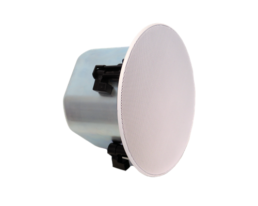
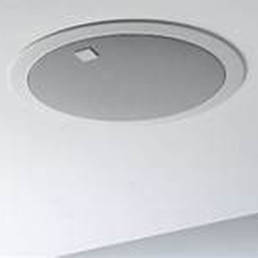
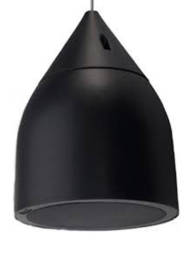
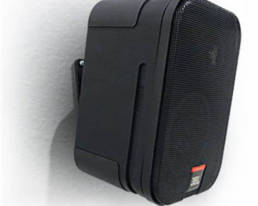
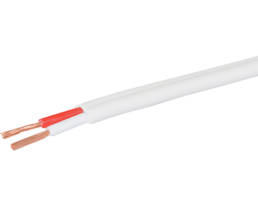
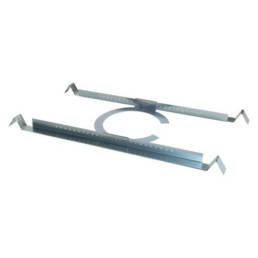
Speaker Wiring
When installing speakers it is vital to ensure speaker polarity is maintained from amplifier throughout the speaker system wiring connections.
For low impedance speaker connections to the amplifier output, the red sleeve cable is usually positive (+) and white or black is negative (-)
For high Impedance 100volt speaker connections, where there may be multiple speakers on the one speaker cable. At the amplifier end the red sleeve cable connects to 100volt terminal as positive and white or black connects to the COM terminal as negative. Each ceiling speaker may may have a selectable dial to determine wattage
Sound Advice
- Keep speakers away from the POS or transaction area
- Play music content relevant to your customer profile.
- Set BGM volume at a comfortable to customers level.
- Ensure your music player is set at least 80% volume.
- Then, adjust the amplifier volume accordingly.
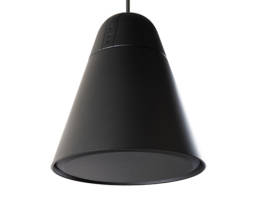
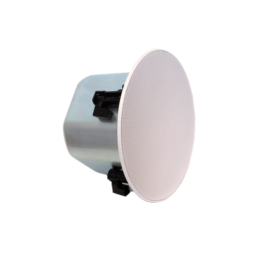
Retail Audio 2021 onwards
The power of audio to influence behaviour has been known for decades.
The impact of audio is so powerful there’s a whole field of study devoted to it, known as psychoacoustics, this science explores how people perceive and respond to various sounds.
Here’s some ways retailers are using audio to enhance their customers’ in-store experience.
The psychology of audio
There’s no debate that audio influences behaviour. Buying decisions occur in the subconscious, with our conscious thoughts justifying the buying decision, so we want to target the subconscious, audio is a very effective method for influencing us at a subconscious level, so we therefore influence mood.
While retailers use this to drive sales, there are other benefits, like branding message, customer experience and staff satisfaction.
Health fund Bupa’s dental and optical stores, for example, play music in reception areas and some treatment rooms, with the aim of creating a pleasing environment for customers and staff.
Sounds engaging
Some stores are using the audio experience to interact with customers. For example, clients can give a thumbs up or a thumbs down to songs, influencing the store’s playlist. This strategy involves customer engagement, which can open the way for social media engagement, thumbs up, reviews etc.
The quality of distributed and commercial audio continues to improve. Once upon a time, venues, schools or business used audio systems that were originally intended to be for fire evacuations, bells or announcements.
Now we have hip well-marketed brands, competing with technology driven initiatives to stimulate customised music solutions relevant to your customer. Retailers are becoming savvier about what music and the digital era can do for them.
Quality first
Shopping centres often buy the cheapest speakers they can when setting up. However, we’ve seen retailers spending more on good quality in-ceiling and on-wall speakers because the difference is chalk and cheese.
One of the biggest changes is the rise of wireless streaming. It gives retailers the ability to link to things like Spotify or Apple Music, so they can create playlists that aren’t limited to tracks constantly going round and round in a circle.
It also averts any risk of playing your competitors’ advertising in your store. I was in a Harvey Norman store and heard an advert for Bing Lee, it just means that it’s easier to control your customers listening habits.
Systems like those by Bluesound allow you to stream perfectly and it can all be driven off a mobile phone.
Wireless opportunity
While wireless streaming has been around for a few years, only 5-10 per cent of retailers are using it. There’s still a huge way to go, it’s just about making retailers and the businesses aware, which is where we come in.
Speaker quality is another crucial factor for the customer’s audio experience, as is individual differences in the perception of sound. Sure, everybody’s got a different ear, you and I can listen to exactly the same speaker, exactly the same song, and hear it differently because our ears are different. It’s just about making sure store designers are aware of that.
A set of JBL in-ceiling speakers will sound very different to a set of Bose or Australian Monitor, and it’s all down to the taste of the retailer and most importantly, the taste of the patron listening to it.
The key thing is getting the balance right between quality sound and its value.
